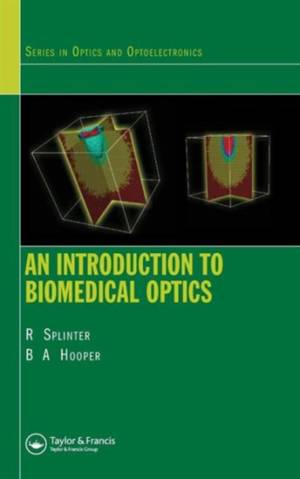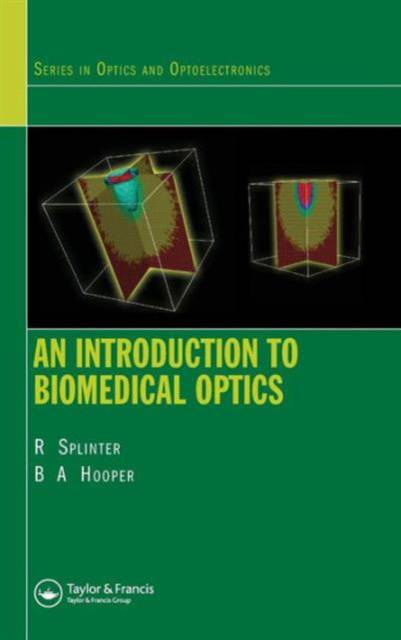
- Afhalen na 1 uur in een winkel met voorraad
- Gratis thuislevering in België vanaf € 30
- Ruim aanbod met 7 miljoen producten
- Afhalen na 1 uur in een winkel met voorraad
- Gratis thuislevering in België vanaf € 30
- Ruim aanbod met 7 miljoen producten
Zoeken
Omschrijving
Many universities now offer a course in biomedical optics, but lack a textbook specifically addressing the topic. Intended to fill this gap, An Introduction to Biomedical Optics is the first comprehensive, introductory text describing both diagnostic and therapeutic optical methods in medicine. It provides the fundamental background needed for graduate students in biomedical and electrical engineering, physics, biology, and medicine to learn about several biomedical optics issues. The textbook is divided into three main sections: general optics theory, therapeutic applications of light, and diagnostic optical methods. Each chapter has different levels of detail to build students' knowledge from one level to the next. The first section covers the history of optics theory and the basic science behind light-tissue interactions. It also introduces the relevant approaches and approximations used to describe light propagation in turbid biological media. In the second section, the authors look more closely at light-tissue interactions and their applications in different medical areas, such as wound healing and tissue welding. The final section examines the various diagnostic methods that are employed using optical techniques. Throughout the text, the authors employ numerical examples of clinical and research requirements. Fulfilling the need for a concise biomedical optics textbook, An Introduction to Biomedical Optics addresses the theory and applications of this growing field.
Specificaties
Betrokkenen
- Auteur(s):
- Uitgeverij:
Inhoud
- Aantal bladzijden:
- 624
- Taal:
- Engels
- Reeks:
Eigenschappen
- Productcode (EAN):
- 9780750309387
- Verschijningsdatum:
- 13/12/2006
- Uitvoering:
- Hardcover
- Formaat:
- Ongenaaid / garenloos gebonden
- Afmetingen:
- 167 mm x 236 mm
- Gewicht:
- 1002 g

Alleen bij Standaard Boekhandel
+ 427 punten op je klantenkaart van Standaard Boekhandel
Beoordelingen
We publiceren alleen reviews die voldoen aan de voorwaarden voor reviews. Bekijk onze voorwaarden voor reviews.











